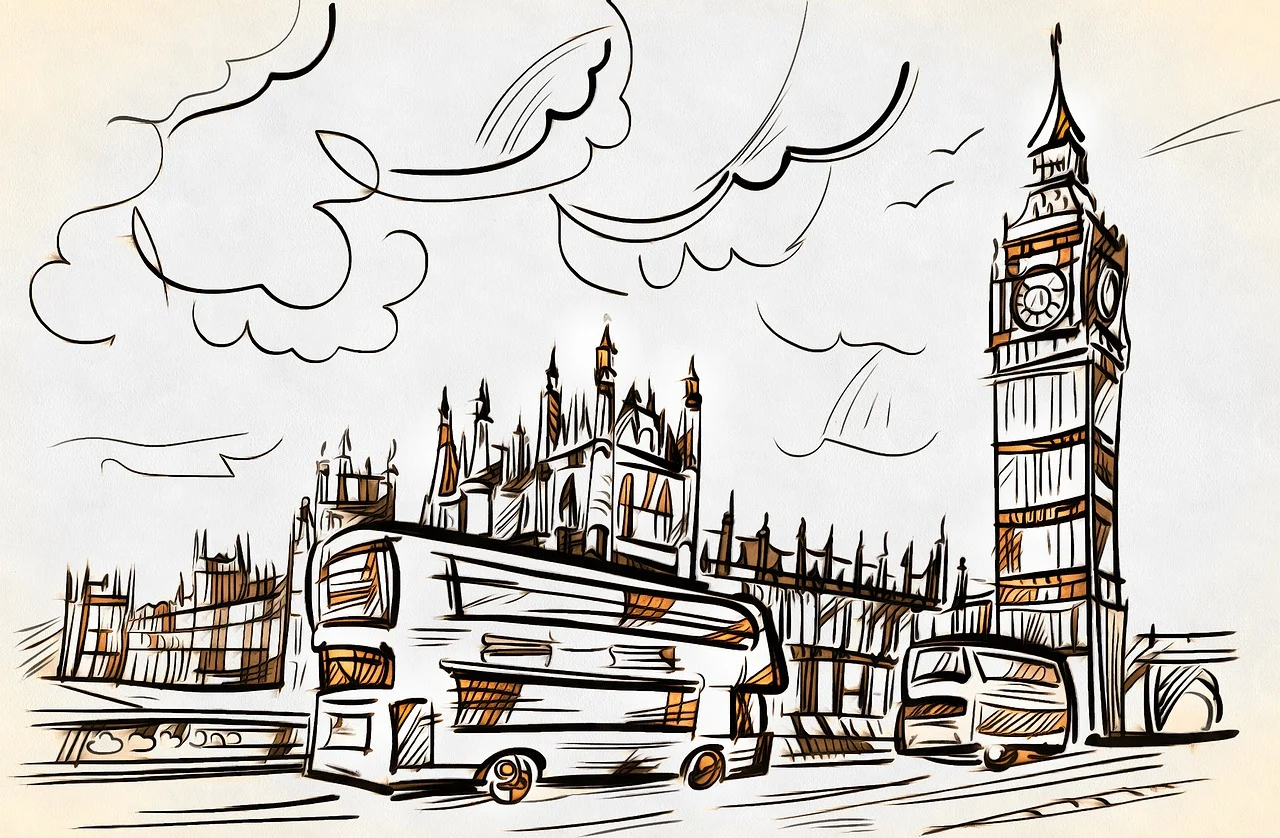The UK Riots of 2011 were a series of violent disturbances that spread across England. The riots were sparked by the death of Mark Duggan, a young man who was shot by police in Tottenham, London. The unrest quickly escalated, with widespread looting, arson, and clashes between rioters and law enforcement. The UK Riots were a significant event in recent British history, causing widespread damage and leading to a large number of arrests and prosecutions. The riots also raised questions about underlying social and economic issues in the UK, including inequality, poverty, and youth unemployment.
The term “civil unrest” is often used to describe the UK Riots, reflecting the widespread disorder and violence that occurred. The riots also brought attention to the issue of police brutality, as the initial trigger for the unrest was the shooting of Mark Duggan by law enforcement. Additionally, the widespread looting and destruction of property raised concerns about the lack of opportunity and resources in many communities, leading to a sense of frustration and hopelessness among young people. The UK Riots also prompted discussions about the role of social media in organizing and spreading the unrest, as many rioters used platforms like Twitter and Facebook to coordinate their actions. Overall, the UK Riots highlighted deep-seated social issues and raised important questions about the state of society in the UK.
The Causes of the UK Riots
The UK riots in 2011 were sparked by the death of Mark Duggan, a young black man who was shot by the police. However, the riots were not solely a reaction to this incident, but rather a result of various underlying social and economic issues. High unemployment rates, especially among young people, a sense of alienation and lack of opportunities in disadvantaged communities, and growing resentment towards the police all contributed to the outbreak of violence and looting.
Furthermore, some experts argue that the austerity measures and budget cuts implemented by the government at the time also played a role in fueling the unrest. These cuts affected public services and welfare programs, exacerbating the feelings of injustice and inequality among certain segments of the population. The riots were thus a manifestation of deep-seated grievances and frustrations that had been simmering within society for a long time.
The Impact of the UK Riots
The UK riots had a significant impact on the affected communities as well as the country as a whole. The immediate aftermath saw widespread destruction of property, businesses being looted and set on fire, and a breakdown of law and order in several cities. The violence and chaos also led to a loss of lives and injuries, leaving a lasting trauma on the individuals and families involved.
Moreover, the riots had long-term consequences, including a decline in investor confidence, damaged community relations, and a loss of trust in the authorities. The economic cost of the riots was substantial, with estimates of the damage running into hundreds of millions of pounds. The events also prompted a national conversation about the root causes of the unrest and the need for addressing underlying social inequalities and systemic issues.
Government Response to the UK Riots
In response to the riots, the UK government deployed thousands of additional police officers to restore order and quell the violence. Emergency legislation was also introduced to give the police more powers to deal with the unrest, including the ability to enforce curfews and make arrests.
Besides the immediate law enforcement measures, the government also promised to address the underlying issues that had contributed to the riots, such as investing in youth programs, creating more job opportunities, and improving community relations. A public inquiry, known as the “Riots, Communities and Victims Panel,” was established to investigate the causes of the riots and make recommendations for preventing similar events in the future.
Social and Community Responses to the UK Riots
Following the riots, there were various social and community responses aimed at rebuilding and healing the affected areas. Many volunteers and organizations came together to clean up the debris, provide support to affected businesses, and offer assistance to those who had been impacted by the violence.
Additionally, there were calls for greater dialogue between the authorities and the communities, as well as efforts to address the underlying social issues that had contributed to the unrest. Community leaders and activists worked to foster understanding and solidarity among different groups, promoting a message of unity and resilience in the face of adversity.
Lessons Learned from the UK Riots
The UK riots prompted a reflection on the state of society and the factors that can lead to widespread civil unrest. It became clear that simply addressing the immediate law and order issues was not enough, and that deeper structural and social changes were necessary to prevent similar events in the future.
Lessons were also learned about the importance of community engagement, youth empowerment, and addressing inequality and injustice. The events served as a wake-up call for policymakers, community leaders, and the public to work towards creating a more inclusive and equitable society, where everyone feels a sense of belonging and has access to opportunities for a better future.
Media Coverage of the UK Riots
The UK riots received extensive media coverage, both nationally and internationally. News outlets reported on the unfolding events, showing images of burning buildings, looting, and clashes with the police. The coverage sparked debates about the underlying causes of the riots, the response of the authorities, and the impact on the affected communities.
There were also discussions about the role of social media in the riots, as platforms like Twitter and Facebook were used to coordinate and incite violence. The way the media portrayed the events and the individuals involved also raised questions about biases and stereotypes, highlighting the complexities of media representation in times of social upheaval.
Rebuilding Trust and Reconciliation After the UK Riots
Rebuilding trust and fostering reconciliation in the aftermath of the UK riots was a complex and ongoing process. Efforts were made to bridge the divide between the authorities and the communities, including initiatives to improve police-community relations and increase transparency and accountability in policing.
At the same time, there were calls for a wider societal shift towards addressing the root causes of inequality and discrimination, as well as empowering marginalized communities. Rebuilding trust required a commitment to justice, dialogue, and understanding, as well as a recognition of the need for systemic change to prevent similar unrest in the future.
International Perspectives on the UK Riots
The UK riots drew attention from around the world, sparking discussions about social inequality, race relations, and the challenges of urban deprivation in modern societies. Many countries looked at the events as a cautionary tale, prompting reflections on their own social and economic disparities and the potential for similar unrest within their borders.
International organizations and experts also offered insights and recommendations based on the UK experience, emphasizing the importance of addressing underlying social issues, promoting inclusion, and creating opportunities for all members of society. The global response to the UK riots highlighted the interconnected nature of social challenges and the need for collective efforts to build a more just and equitable world.
| What | Series of riots and civil disturbances in the United Kingdom |
|---|---|
| When | August 2011 |
| Where | Mainly in England, including London, Birmingham, Manchester, and other cities |
| Causes | Triggered by the police shooting of Mark Duggan, but also attributed to socio-economic factors, police behavior, and opportunistic criminality |
| Impact | Widespread looting, arson, and violence, as well as significant damage to property and infrastructure |
| Response | Deployment of police forces, arrests of thousands of individuals, and community initiatives to rebuild affected areas |
SONUÇ
The UK Riots in August 2011 were a series of civil disturbances and riots that occurred mainly in England, sparked by the police shooting of Mark Duggan. The riots resulted in widespread looting, arson, and violence, causing significant damage to property and infrastructure. The response involved the deployment of police forces, arrests of thousands of individuals, and community initiatives to rebuild affected areas.



